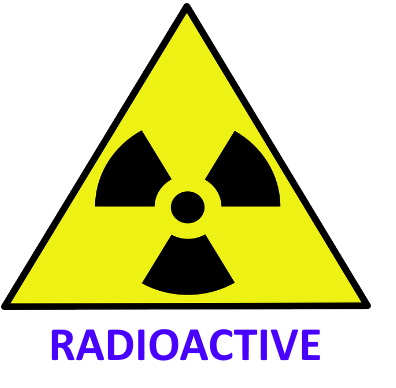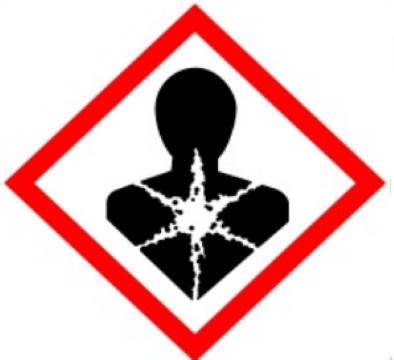
Chromite is a stable mineral containing iron and chromium. Chromium is an element with the ability to be changed into various states and are as follows : Cr-0, II, III, IV, V and VI which refers to the number of bonds each state is capable of producing.
Chromium III and VI (trivalent and hexavalent) can be found naturally or produced by human activity, in the environment. Are you aware that excessive amounts of Cr-VI is highly toxic for the human body?
Purpose of Chromite Mining
Chromite mining is performed, to produce a ferrochrome alloy, for stainless steel, textile dyes, wood preservation, leather tanning, rust resistant qualities, high heat tolerance, inks, plastics paints and other surface coating uses.
Chromium 6 (Cr-VI) can be found in low quantities within many of these products and/or produced through oxidation from Cr-III into Cr VI depending on activity around a chromite deposit or refinery.
States of Chromium Transformations
Natural transformation of Cr-VI to Cr-III occurs within our own bodies from our saliva and stomach acids, and can be found naturally, at tolerable levels, in our foods and water. A person’s natural ability to ‘reduct‘ Cr-VI to Cr-III is a major reason behind Green washing statements, ‘ingestion of Cr-VI is NOT toxic‘.
- Reductase : an enzyme that catalyzes a chemical reduction (Miller – Kean, Encyclopedia & Dictionary of Medicine, Nursing, & Allied Health)
A lack of chromium in our diets is believed to lead to problems with sugar metabolism and nerve problems. Supplements of chromium are available if a deficiency is identified.
Toxicity occurs when the body absorbs too much chromium for man, animal and plants, leading to disease, deformities and/or death.

Zero Control of Chemical Spread
Problems in control and prevention of chromium release, can occur at varying stages of chromite mining. Exposure and activities in the above ground atmosphere has found Cr-III converts to a mobile Cr-VI state.
Waste materials such as dust, waste water, slag, waste rocks and tailings contain various levels of chromium and Cr-VI and other waste metals. These can be spread by wind, running rain water, underground water, or other extreme weather conditions, if protective and secure containment measures, are not in place.
Conditions, such as exposure to manganese oxides, calcium, fire, water treatment, waste incinerators, smelting and chromite refining processing can oxidize stable Cr-III into mobile Cr-VI.
Efforts to reduce Cr-VI to Cr-III has been found to depend on atmospheric conditions, available low oxygen levels in soils, water and sediment, interactions with organic matter, reductants, microorganisms and low pH values. Decreasing availability of reductants such as coke, char and coal has resulted in use of experimental substitutions, which are not always successful.
The Metal Effluent Regulations in Canada, (Mining Watch, Canada-Living Near a Chromite Mine) have no standard for the discharge of chromium into the environment. Canadian and Ontario hazardous waste guidelines are less stringent compared to other nations.
Greater quantities of Cr-VI are found in emissions from industries producing chrome plating, chemical manufacturing of chromium, and evaporative cooling towers. Exposure to Cr-VI can take place through three routes:
-
Ingestion, drinking contaminated water or food (humans can convert Cr-VI to Cr-III)
-
Inhalation, breathing contaminated air (recognized as a carcinogen)
-
Dermal contact, skin contact with contaminated water or soil

The length of time to chromium exposure, will determine the levels of harmful health effects, which may not be noticable at first because illness and disease, progress over time. One may find hints of exposure to a toxic environment by simply observing their surrounding plant life. Speed of disease progress between man and plants are different, but effects of exposure to chromium toxins, can provide clues. A call for soil, water and air quality testing along with a visit to your own physician may become a necessity.
The long term effects of chromite mining in Canada, are almost a complete unknown, since such mining has not been a major interest, only exploration. Most chromite mining has been done in far warmer and drier regions compared to plans for operating in extreme winter environment of Canada. There is no true comparable nation, to allow forecasting or preparation, for problems that may occur.
The economic benefits of this mining project may be extremely attractive but the long term vision must include the health hazards to lands, water, air, wildlife, and people. The long term effects on the surrounding lands, waters, plants, animals and humans, from chromite mining, must be seriously considered. Chromium -6 is not easy to remove from soil nor dissolves in water. It can sit in hexavalent form for many years.
Lastly, consideration must be given to the GUTTED Canadian environmental standards, which may leave communities and environment, open to unregulated toxic waste dumping and/or maintenance. What is truly more important? a few years infusion of jobs and money with risk to health, for ALL? or permanent long term health for ALL?
Learning in Motion
Extra Reading
FREE Download – Chromium Toxicity in Plants
Portable Water Purification Systems
I hope you found this article informative. Please feel free to leave your comments and share your thoughts. Send me a email if you have a request on a topic of interest, a guest post, or to say Hello! I hope you visit again.
Copyright Article (C)2021, all rights reserved. Ginsense creates and posts articles online about business development, micro business, health, science, technology, environment, and social issues.
